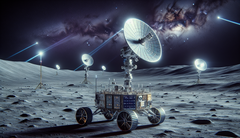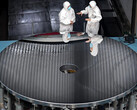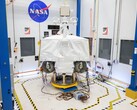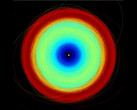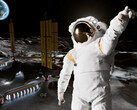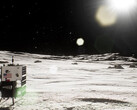On the 23rd of January, 2004, China kicked off its lunar exploration program, which would eventually involve orbiters, landers, and sample return spacecraft, all based on the Long March rocket series. Human crews are also expected to join the effort by 2030, at least according to the announcement made in July 2023. The challenge in moon exploration lies in the need for all hardware to endure 14-day periods of temperature drops to -200 Celsius (-328 Fahrenheit), in addition to deep craters that may contain water-ice and remain permanently shadowed.
Both NASA and the European Space Agency have already conducted studies on the use of lasers for power delivery to spacecraft on planetary surfaces, beginning in the 1990s. However, their efforts stalled at the theoretical stage. Now, the Chinese plan to fully assess the viability of using laser wireless power transmission (LWPT), develop the necessary technology if research deems it worthy of pursuit, and finally begin testing it.
According to SpaceNews,
"LWPT uses laser beams to transmit power wirelessly from orbiting satellites to surface receivers, converting light into electricity. The researchers recommend the development of key technologies, followed by on-orbit testing."
For now, it is not clear which "key technologies" will be involved in this effort apart from the obvious space high-power lasers and high-precision laser emission systems. On the other hand, China is already planning to beam power from space and test a similar system with the help of the Tiangong space station.
More details can be found in this scientific paper, which was published by a team from various Chinese institutes, such as the China Academy of Space Technology (CAST) and Shandong Aerospace Electronics Technology Research Institute. By the end of the coming decade, China is planning to construct a moon base, currently known as the International Lunar Research Station (ILRS). However, before the ILRS deploys, one of the two scheduled missions to reach the lunar south pole (or both) could also test LWPT. These missions are scheduled for 2026 and 2028. The previous mission from the series took place last year and returned successfully carrying soil samples from the lunar far side.
Those who just want to enjoy the views of our planet from space can grab View From Above: An Astronaut Photographs the World, a photo book available in hardcover version for $34.95 and published by National Geographic.




